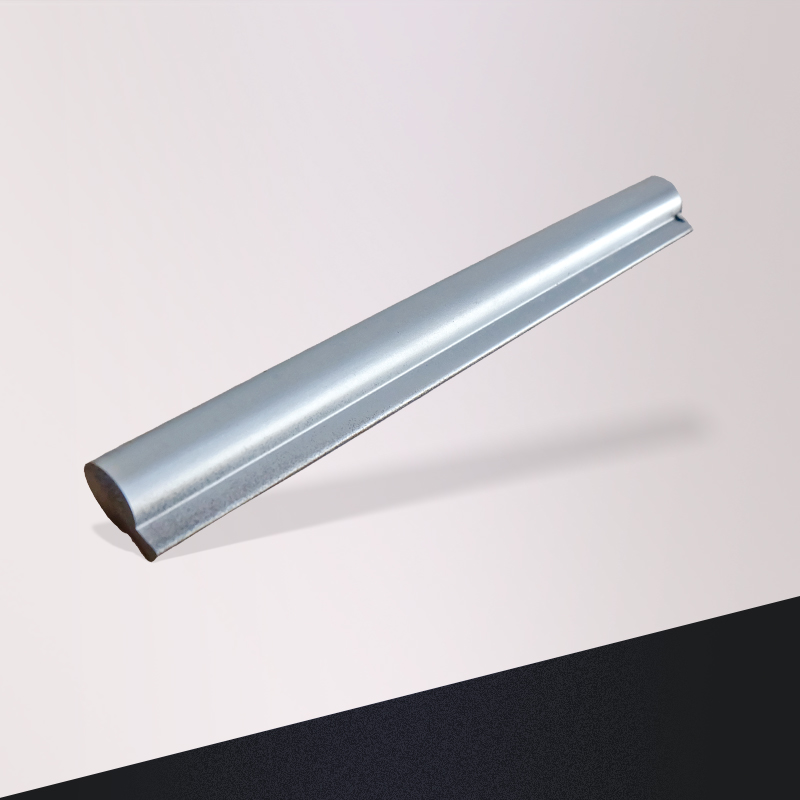-

What are the application scenarioses of machined parts
Machining components (parts made through machining processes such as turning, milling, drilling, grinding, boring, stamping, forging, etc.) are the core foundation of modern industrial production, and their application scenarioses cover almost all industrial fields that require precision assembly, mechanical performance support, or functional implementation. The core logic is that as long as the sce
Learn more -

What are the applications of hexagonal bars in the field of architecture
Hexagonal bars (including cold drawn, hot-rolled, stainless steel and other materials, with the core advantages of structural stability, uniform force distribution, easy wrench fastening, and convenient installation and disassembly) are mainly used in three major scenarioses in the construction field: "connection and fixation, structural support, and decorative beautification", especially suitable f
Learn more -

Is angle iron suitable for large-scale processing
Angle iron is suitable for large-scale processing, mainly because its material characteristics and structural form are suitable for industrial mass production, and the processing technology is mature and efficient. The specific supporting points are as follows:
Learn more -

In which industries are door hinges applied
The core application of the door shaft is to achieve the rotation and opening and closing of the door/cover. It is used in all scenarioses involving openable and closable structures, covering multiple basic industries. The concentrated areas of use are as follows:
Learn more -

What is the wear resistance of textile machine accessories
The wear resistance of textile machinery accessories varies depending on the material, structure, and application scenarioses, and is closely related to the type of accessory and processing technology. 1. Wear resistance performance of different types of accessories Transmission accessories, such as gears, rollers, and transmission shafts, are often made of alloy steel or carbon steel that
Learn more -

What are the functions of hexagonal bars
The core function of hexagonal bars is to serve as the basic profile for mechanical manufacturing, hardware accessories, and other fields. With the structural advantage of hexagonal cross-section, they have the functions of structural support, transmission connection, and convenient assembly, and are widely used in the production of various precision parts and structural components.
Learn more -

Where is the function of the door hinge reflected
The core function of a door hinge is to connect the door and the door frame, while achieving flexible opening and closing, stable load-bearing, and positioning of the door. It is a key hardware component that ensures the normal use of the door, and its specific functions are reflected in four core dimensions.
Learn more -

What are the applications of anti-theft door components in warehousing scenarioses
The application of anti-theft door components in warehousing scenarioses revolves around "secure storage, efficient management, protection against wear and tear, and adaptation to production/circulation needs". It is necessary to design targeted warehousing solutions based on the characteristics of different types of components (such as structural components, hardware components, electronic componen
Learn more -

What are the functions of oil exploration components
Petroleum exploration components are the core equipment components used in the process of petroleum exploration (from surface detection to underground formation analysis) to "obtain geological information, identify oil and gas reservoirs, and ensure the safety of exploration operations", covering the three core links of "surface exploration, drilling exploration, and logging exploration". The func
Learn more -

What are the applications of spinning machine accessories in the spinning process
The core role of spinning machine accessories in the spinning process is to ensure the continuous operation of the spinning process (from raw materials to yarn), improve yarn quality and production efficiency. Different accessories correspond to the key functional requirements of each spinning process.
Learn more
 Ch
Ch En
En









 Add wechat
Add wechat
 Contact us
Contact us
 Telephones
Telephones